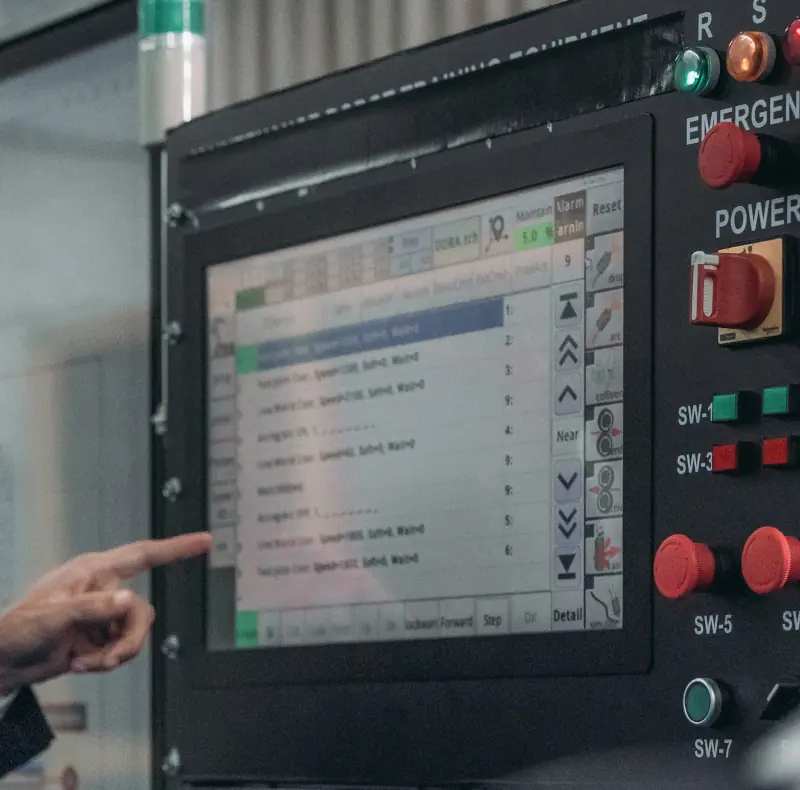
In today’s fast-paced world, efficiency and sustainability are at the forefront of building management. One of the most effective ways to achieve these goals is through Building Automation Systems (BAS). But what is building automation systems, and why are they so useful? In this blog post, we will explore the key benefits of BAS, how they work, and their impact on modern buildings.
Building Automation Systems (BAS) refer to centralized control systems that manage a building’s mechanical and electrical equipment. This includes heating, ventilation, air conditioning (HVAC), lighting, security systems, and other essential functions. By integrating these systems into a single platform, BAS allows for streamlined operations and improved energy efficiency.
One of the primary advantages of building automation systems is their ability to enhance energy efficiency. Traditional buildings often operate on fixed schedules that do not account for real-time conditions or occupancy levels. In contrast, BAS can adjust settings based on actual usage patterns. For example:
By optimizing these systems in real time, BAS significantly reduces energy consumption and lowers utility costs.
Another crucial benefit of building automation systems is their ability to enhance occupant comfort. A comfortable environment contributes to increased productivity among employees in commercial spaces. Here’s how BAS improves comfort:
By ensuring optimal comfort conditions within a building, BAS not only enhances occupant satisfaction but also promotes higher productivity levels.
Building automation systems simplify management tasks by providing centralized control over various building functions. This streamlining leads to several operational benefits:
With streamlined operations facilitated by BAS, facility managers can focus more on strategic initiatives rather than day-to-day troubleshooting.
Security is another critical aspect where building automation systems shine. Integrating security features into a single platform allows for better monitoring and control:
By enhancing security measures through automation, businesses create safer environments for occupants while protecting valuable assets.
As organizations increasingly prioritize sustainability initiatives, building automation systems play a pivotal role in achieving these objectives:
Implementing a robust BAS aligns with corporate social responsibility goals while demonstrating commitment toward environmental stewardship.
While there may be an initial investment required for implementing building automation systems, the long-term cost savings are substantial:
These cost savings make investing in building automation systems not just beneficial but essential for modern organizations looking to optimize resources effectively.
In summary, understanding what is building automation systems reveals their immense value across various aspects of facility management—from improving energy efficiency and occupant comfort to enhancing security measures and supporting sustainability goals. As technology continues evolving within this space—integrating artificial intelligence (AI) capabilities—building automation will become even more sophisticated in its ability to adapt dynamically according to user needs while driving down operational costs significantly over time.
For any organization looking towards future-proofing its infrastructure while maximizing resource utilization effectively – investing in a comprehensive Building Automation System should undoubtedly be at the top of your list!

James CRAFT & Son, Inc. stands as the premier Plumbing, HVAC, and Service contractor in the region, boasting a legacy of over 100 years of exceptional craftsmanship. As a family-owned and operated business, CRAFT has consistently delivered top-quality services to its valued customers.
With a dedicated team of full-time professionals and a fleet of distinctive red Ford trucks, CRAFT efficiently meets the needs of commercial, industrial, and institutional clients. Their extensive service area spans south-central Pennsylvania, northern Maryland, West Virginia, Virginia, and Delaware.
Our newsletter is distributed quarterly by USPS mail free of charge. If you’d like to receive our Newsletter, please complete the form below.
"*" indicates required fields